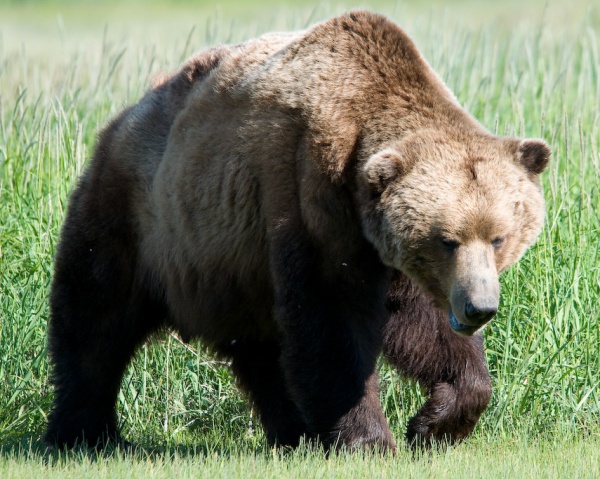Facts About Brown (Grizzly) Bear
The brown bear, scientifically known as Ursus arctos, roams across Eurasia and North America. In North America, these majestic creatures are commonly referred to as grizzly bears. They are among the largest terrestrial carnivores, with only the polar bear rivaling their size. Brown bears inhabit diverse regions, including Russia, Central Asia, China, Canada, the United States, Hokkaido, Scandinavia, the Balkans, and various parts of Europe such as Spain, Romania, Bulgaria, Iran, Anatolia, and the Caucasus. They hold significant symbolic status as national and state emblems in several European countries.
Despite habitat reduction over time and regional extinctions, the International Union for Conservation of Nature (IUCN) still classifies brown bears as a species of "least concern." With an estimated population of around 200,000, brown bears, along with the American black bear, are the only bear species not currently considered threatened by the IUCN. However, certain populations, such as the Atlas bear in North Africa and specific groups in North America, have vanished due to hunting. The critically endangered Himalayan brown bear now occupies just 2% of its former range and faces severe threats from rampant poaching.
The evolutionary history and classification of brown bears are notably complex. They likely evolved from Ursus etruscus in Asia, with genetic studies suggesting they diverged from the cave bear species complex approximately 1.2–1.4 million years ago. Ongoing debates persist regarding the number of brown bear subspecies and their relationship with polar bears. DNA analysis has identified several clades of brown bears, some of which overlap geographically.
Brown bears exhibit considerable size variation, with males generally being larger than females. Their diet is extraordinarily diverse, making them one of the most omnivorous animals on the planet. They consume a mixture of plants and animals and are particularly adept at fishing, especially during salmon spawning seasons. Brown bears also dominate smaller carnivores within their habitats.
Human-bear conflicts occur, typically resulting from habitat encroachment or food sources attracting the bears. Bears may attack if they feel threatened or are startled, with surprise and curiosity being principal triggers. Interestingly, research indicates that pepper spray is more effective than firearms in deterring aggressive bears. While such encounters are infrequent, they can be dangerous, and some fatal incidents have been recorded.
Culturally, brown bears hold a significant place in folklore, literature, and as mascots, often symbolizing strength and national pride in many countries.
